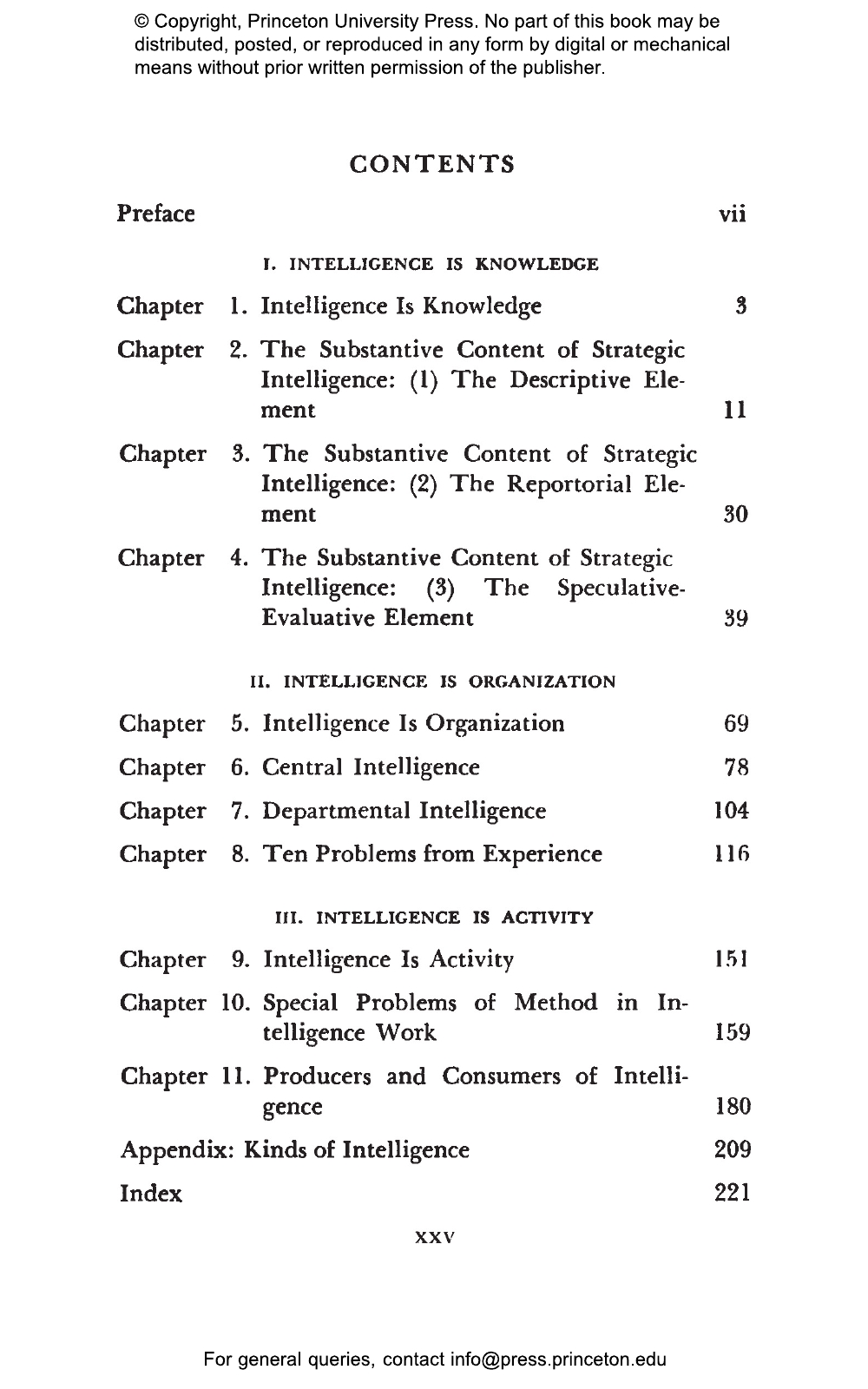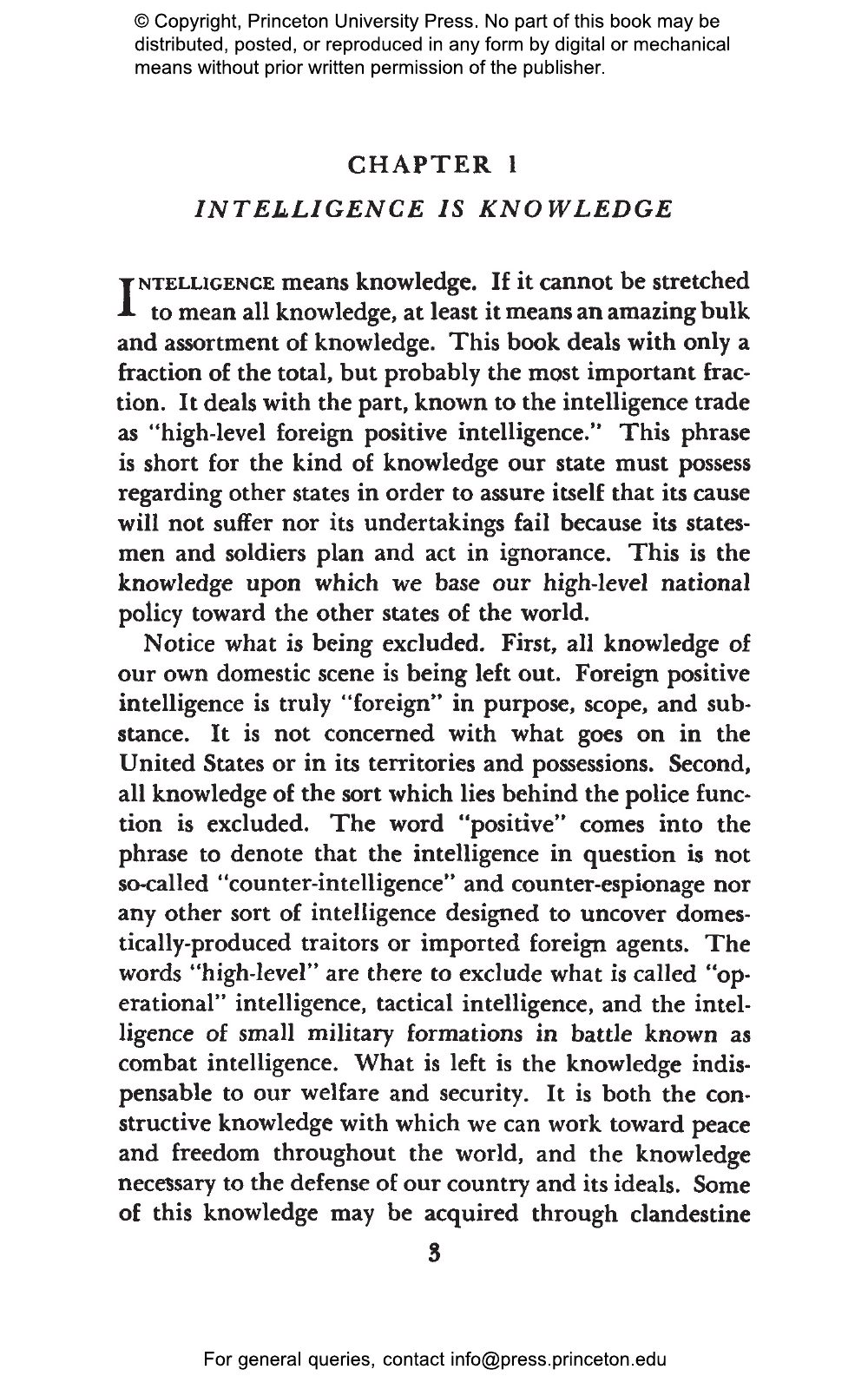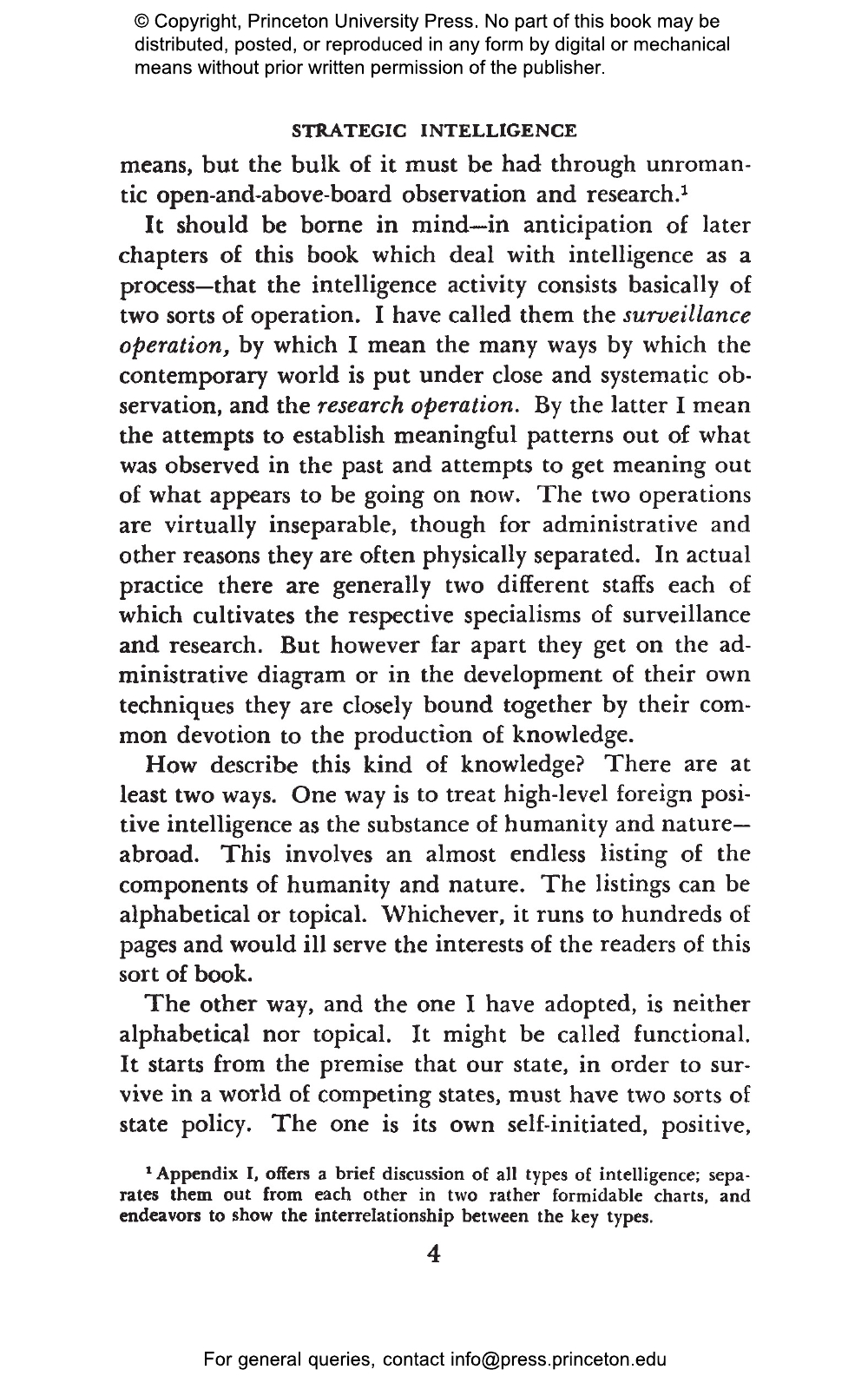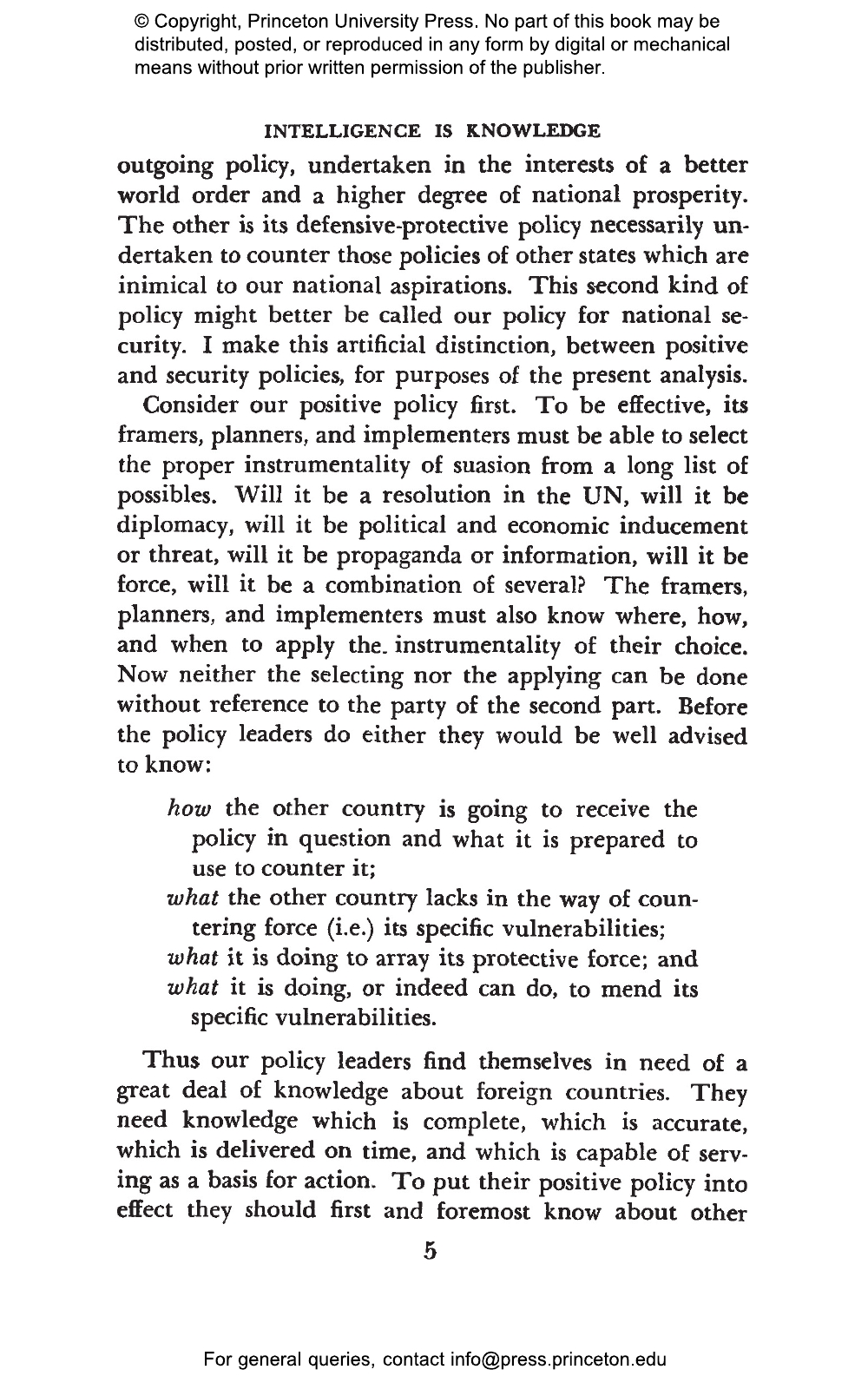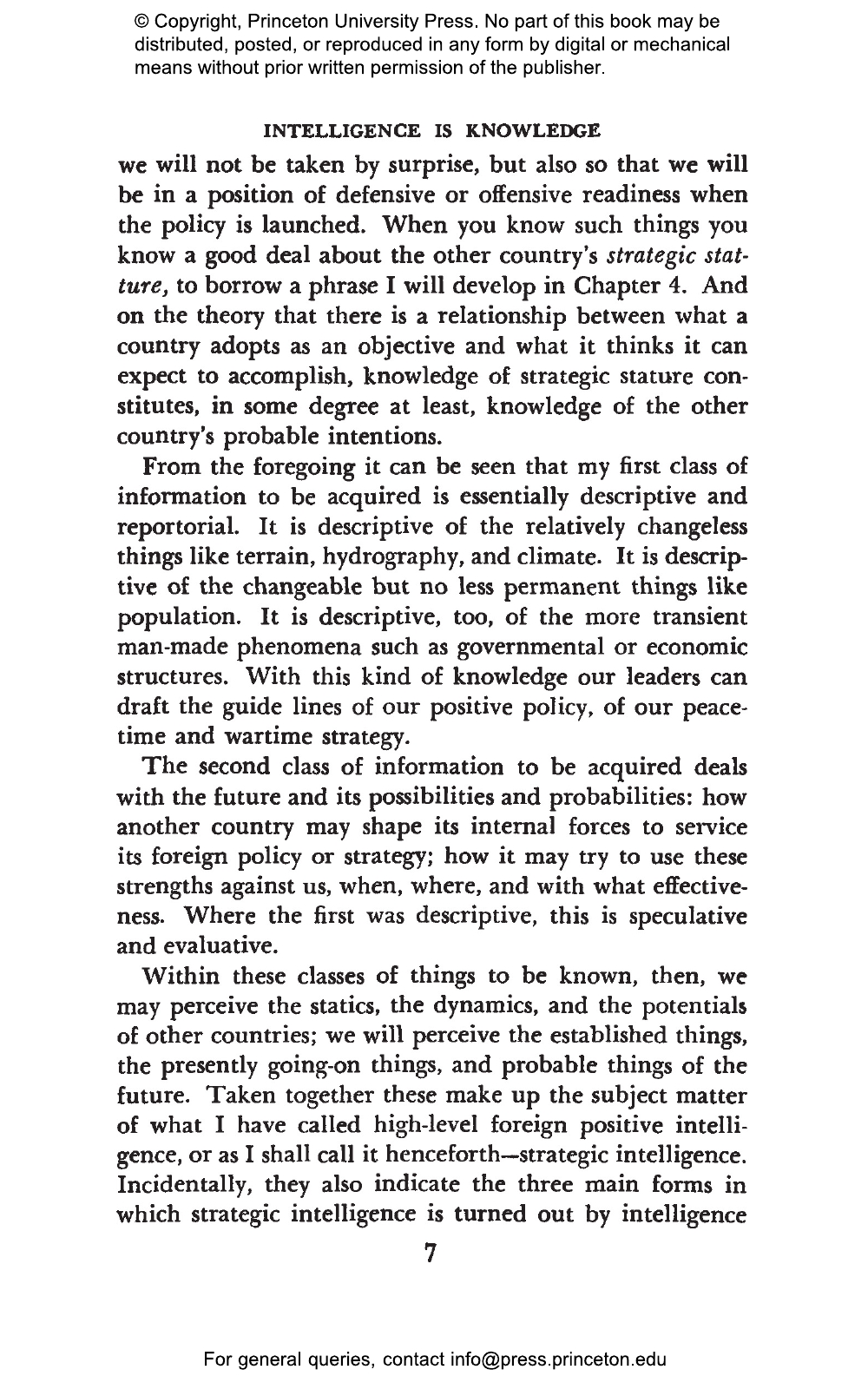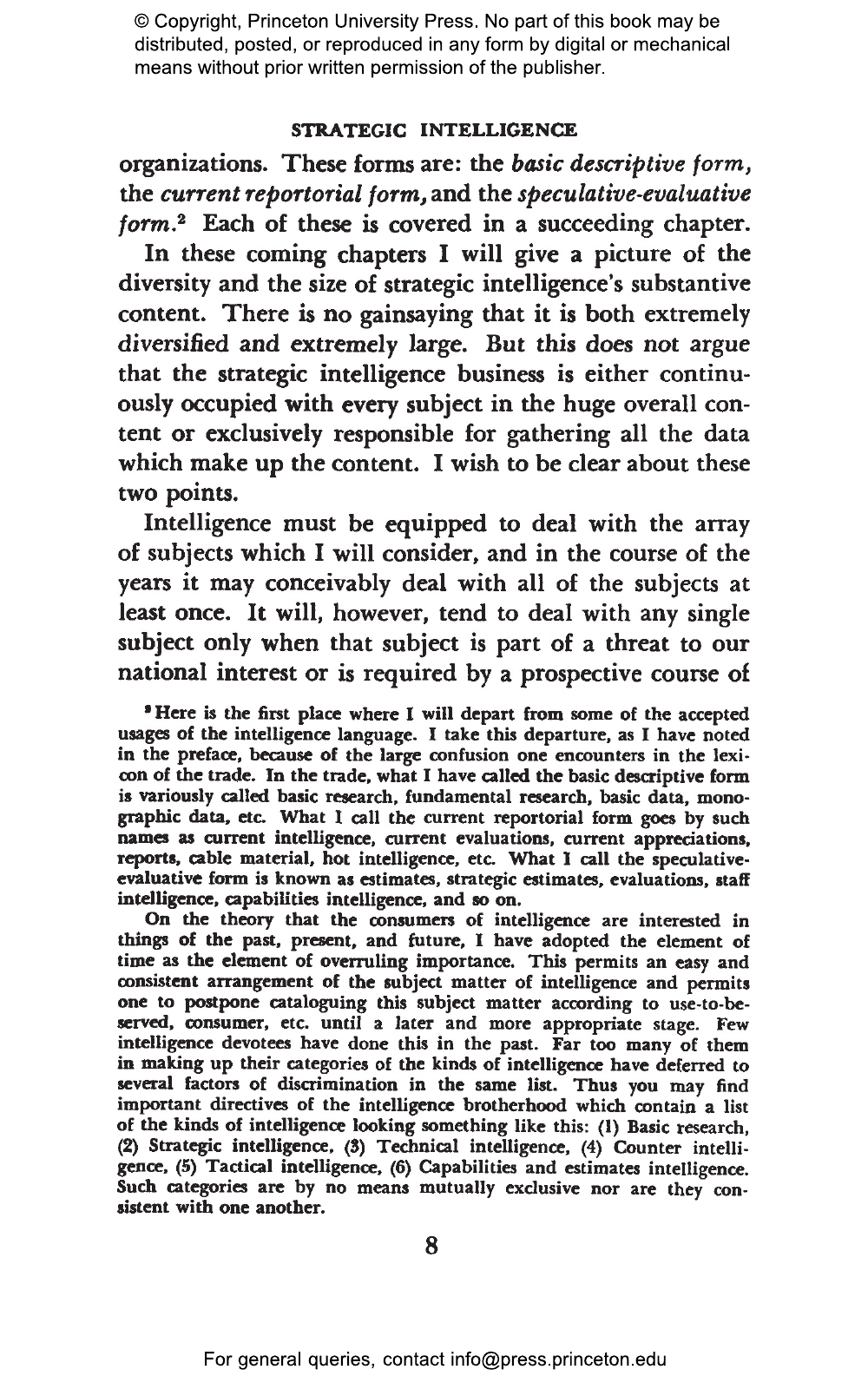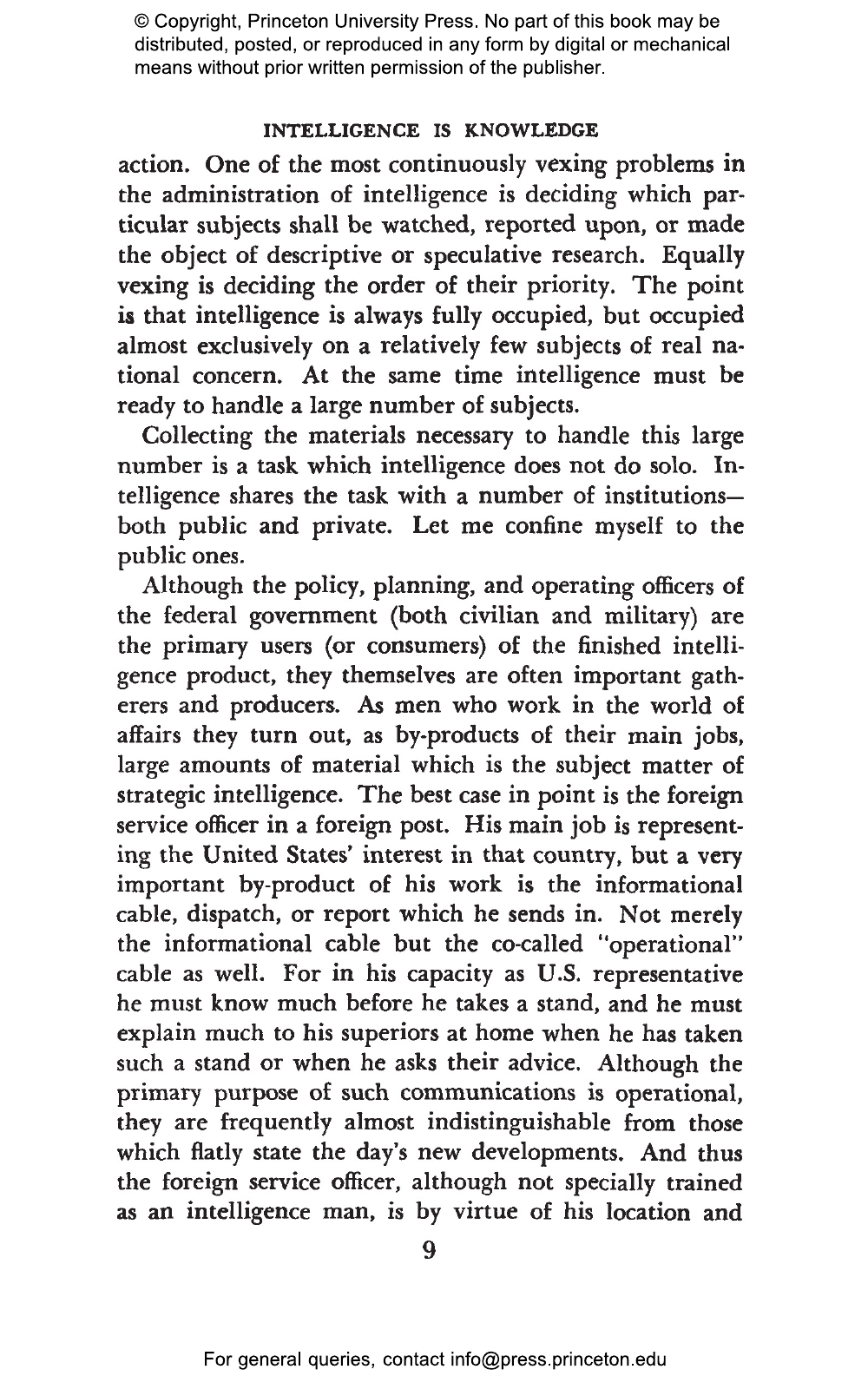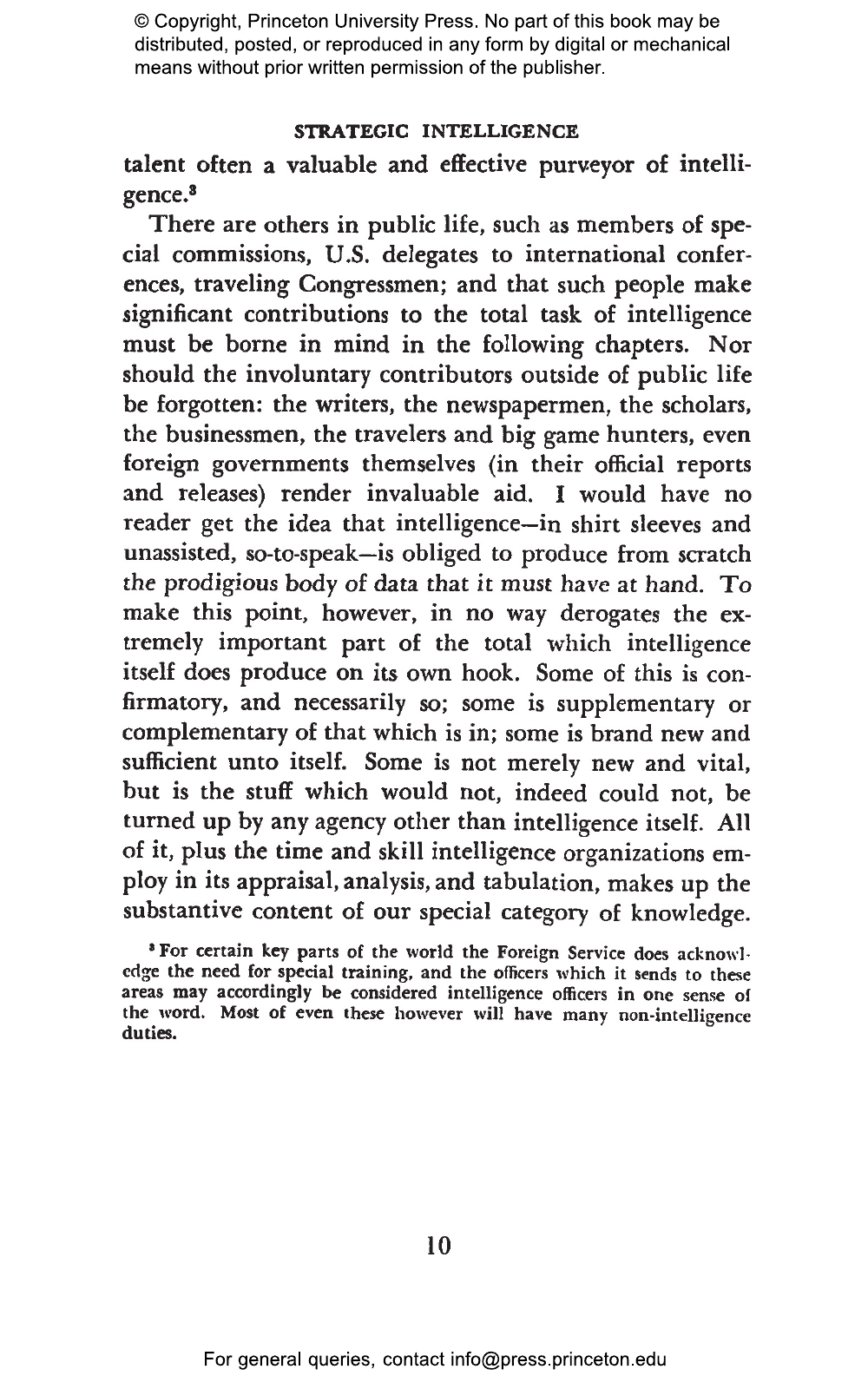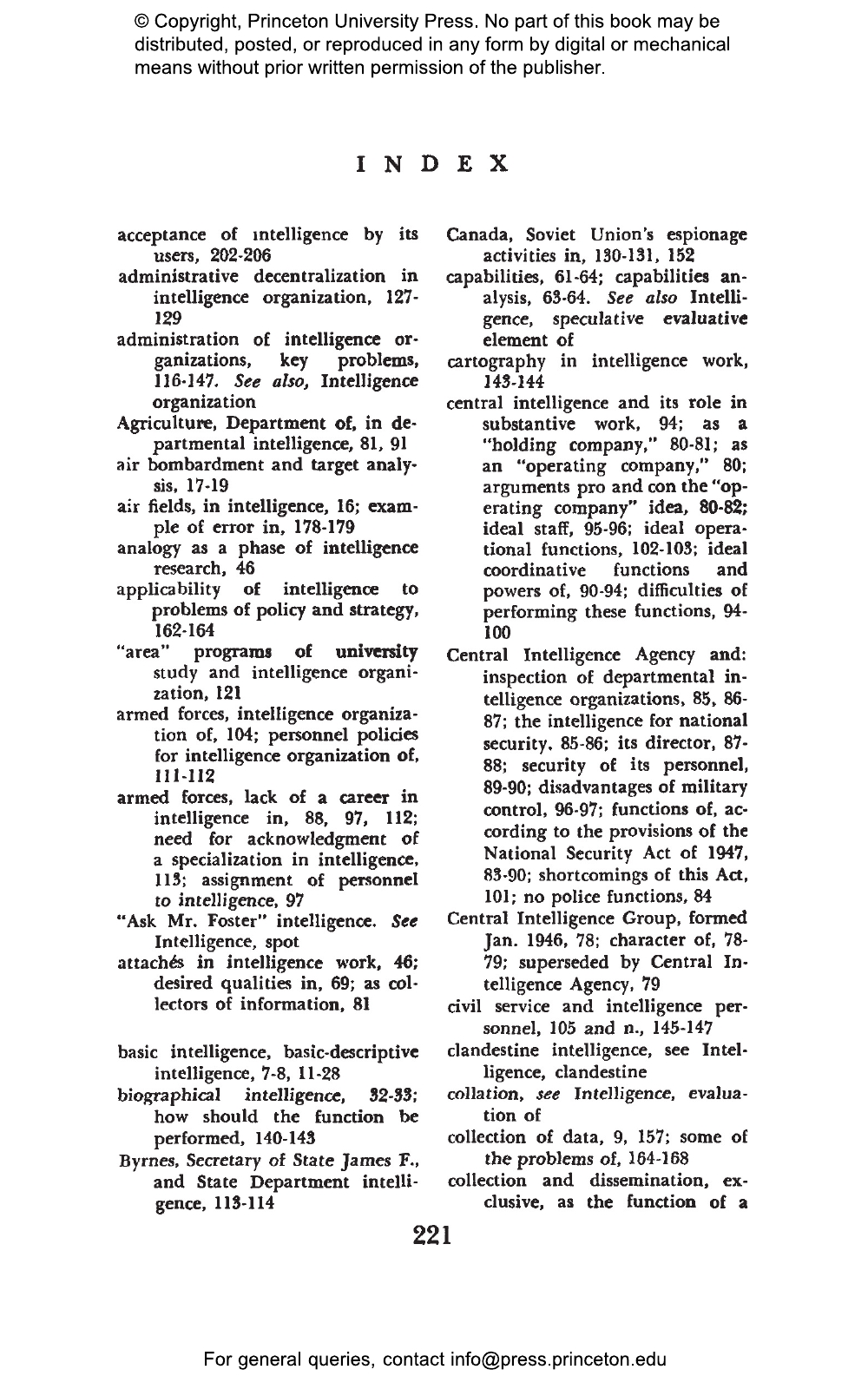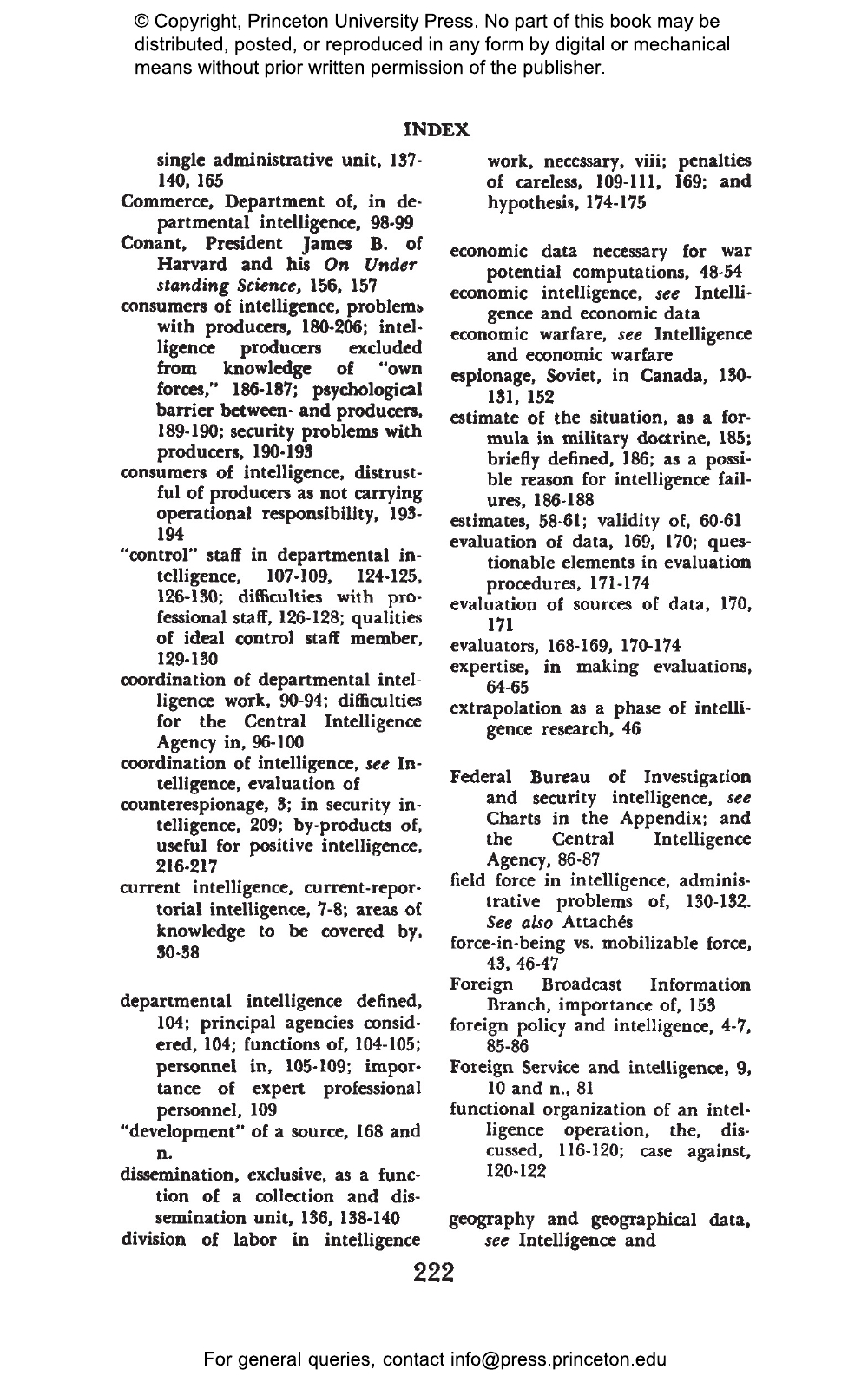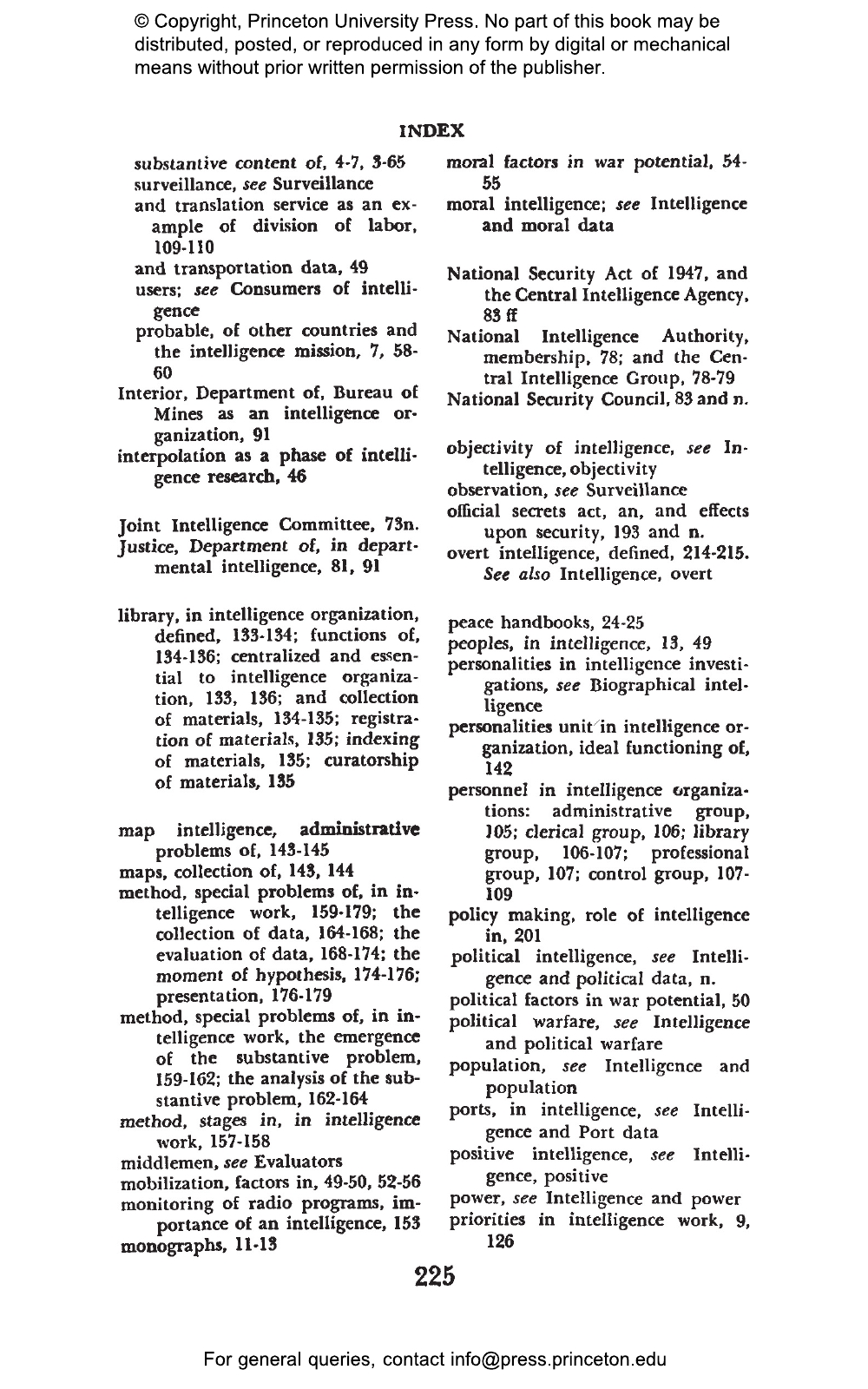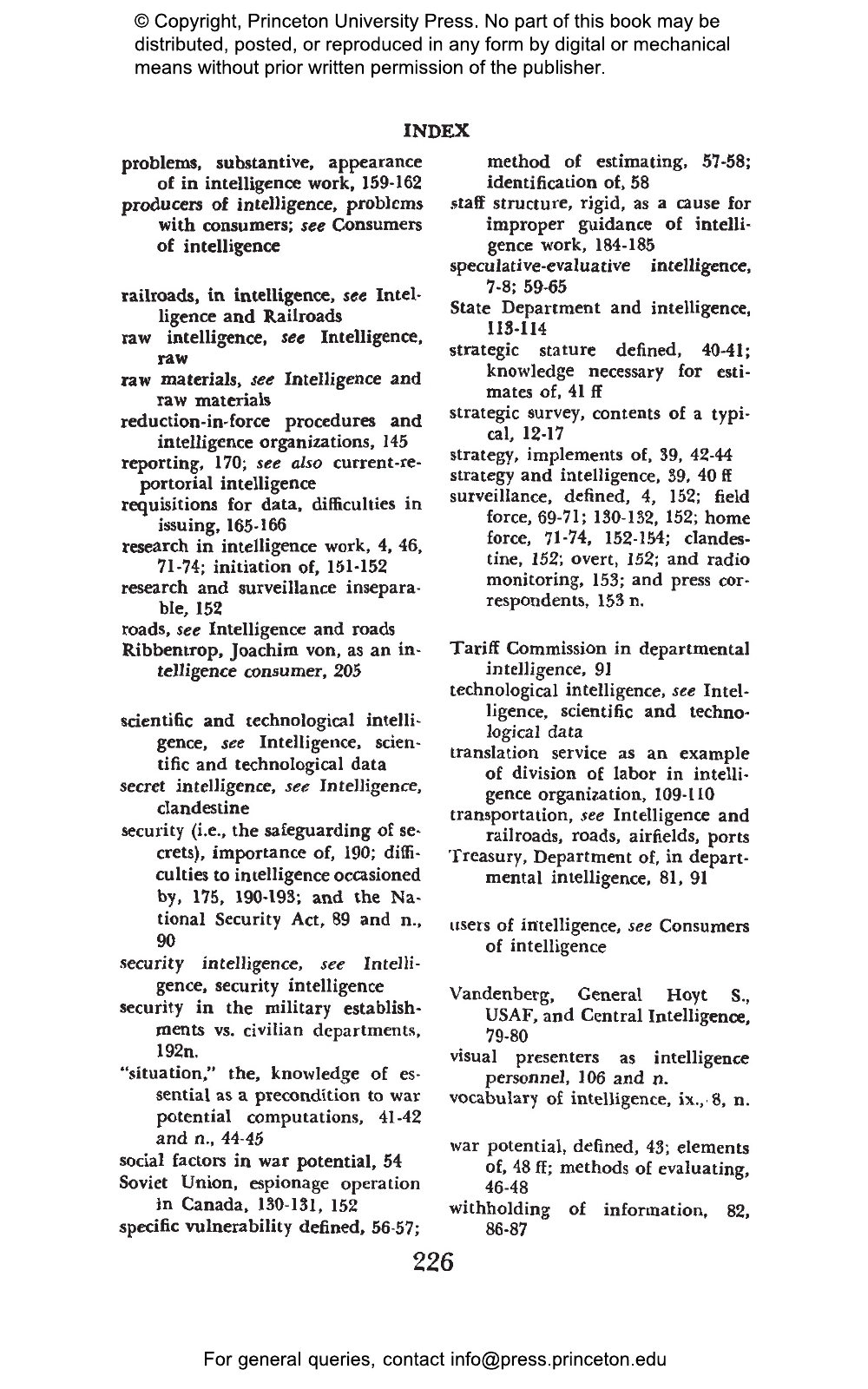With the outbreak of the Second World War, historian Sherman Kent left his classroom at Yale to join the Office of Strategic Services—the forerunner of the Central Intelligence Agency—where he adapted scholarly methods to the rigors and unique challenges of producing actionable intelligence in support of the war effort. In this remarkable book, Kent draws on the lessons he learned in wartime to lay the foundations for postwar security. He presents the doctrine and practices of intelligence analysis and explains why they are vital to national survival. Strategic Intelligence for American World Policy shows how intelligence activities and their consequences extend far beyond military considerations and are as essential to keeping the peace as they are to winning the war.
Sherman Kent (1903–1986) was a professor of history at Yale University who pioneered the methods of intelligence analysis in World War II and during the Cold War with the Central Intelligence Agency. His books include The Election of 1827 in France and Electoral Procedure under Louis Philippe.
“Sherman Kent . . . brings thorough scholarship and practical experience to the consideration of a subject of primary importance to those charged with the responsibility for the foreign policy and security of this country and of vital concern to the rest of us who would suffer the awful consequences of their failure.”—New York Times
“Required reading. . . . [Kent] has gone further than any other writer to describe and to examine critically the Intelligence method as wartime experience taught us it should be practised.”—Saturday Review
“[Strategic Intelligence for American World Policy] deals not with the policy issues themselves but with the problems which must be resolved if policy-makers are to make informed decisions. . . . A stimulating book.”—Political Science Quarterly
“A clear and closely reasoned analysis of the organization and functions of a modern high-level strategic intelligence service.”—South Atlantic Quarterly
This publication has been produced to meet accepted Accessibility standards and contains various accessibility features including concise image descriptions, a table of contents, a page list to navigate to pages corresponding to the print source version, and elements such as headings for structured navigation. Appearance of the text and page layout can be modified according to the capabilities of the reading system.
Accessibility Features
-
WCAG v2.2
-
WCAG level AA
-
Table of contents navigation
-
Single logical reading order
-
Short alternative textual descriptions
-
Print-equivalent page numbering
-
Landmark navigation
-
Index navigation
-
Epub Accessibility Specification 1.1
-
ARIA roles provided
-
All non-decorative content supports reading without sight
-
No known hazards or warnings



